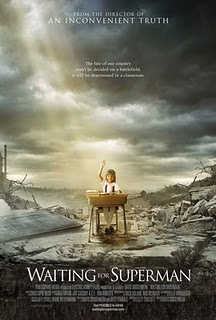I've long been fascinated by homemade instruments and the use of objects not originally intended for musical purposes for composition. Perhaps that explains part of my interest in Harry Partch but also goes a long way toward understanding why one of my favorite pieces of music from the past fifty years is Alvin Lucier's I Am Sitting in a Room. In the work (which you can hear here in its original recording) Lucier actually plays the room the work is recorded in. He took a microphone, two reel-to-reel tape recorders, an amplifier, and a loudspeaker, and recorded himself reading the description of the piece:
"I am sitting in a room different from the one you are in now. I am recording the sound of my speaking voice and I am going to play it back into the room again and again until the resonant frequencies of the room reinforce themselves so that any semblance of my speech, with perhaps the exception of rhythm, is destroyed. What you will hear, then, are the natural resonant frequencies of the room articulated by speech. I regard this activity not so much as a demonstration of a physical fact, but, more as a way to smooth out any irregularities my speech might have."
That's it; the work describes the process by which it is created. But hearing that process is endlessly more fascinating than the description. When he begins to play the work back into the room at first you don’t hear much, but by the third recording, it begins to get a little fuzzy. The sonic fingerprint of the room, its own chord if you will, begins to reveal itself. As you move along, pitched drones appear, the result of particular frequencies being re-enforced by the room. If the shape of the room is compatible with the wavelength of a particular sound that is played into it, that sound is magnified – if not, the sound reflects out of phase with itself and begins to disappear.
Now, thanks to Misty, I've found another artist attempting a similar musical experiment. David Byrne (yes, he of Talking Heads fame) has recreated an installation he originally put together in Stockholm, Sweden in an abandoned ferry terminal in Manhattan. In the project, Byrne took an old organ, wired it to the building's columns, pipes, and girders, and made it literally play the building by striking or blowing air through its materials. The result is a keyboard that allows you to experience how these materials sound in combination:
The result is like Lucier's I Am Sitting in a Room but instead of hearing the room's frequencies slowly reveal themselves to you in an elaborate audio striptease, you hear those sounds immediately. It also is different in that Byrne's idea is a communal experience, not the isolated one of Lucier. In other words, instead of creating music, he has created a space where music can found. And perhaps, ultimately, that is the appeal of found music for me. Think of it this way - children are fascinated by the piano and instinctively want to touch it and see what sounds they can caress out of it. By the time they are nearing adulthood, that impulse has been pulled out of them; music is something for professionals or those who know what they are doing. With found music, that childlike desire to see what sounds, what music you can create is restored. The cultural aura of a musical instrument is missing and anyone and everyone wants to play, wants to make music. Found music helps put music making back into every day lives.
Self-doubt in the tech industry
2 years ago




No comments:
Post a Comment